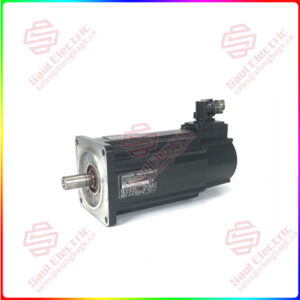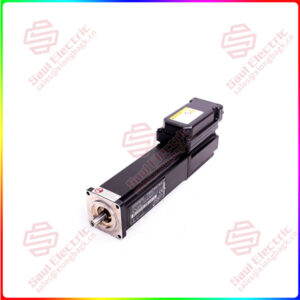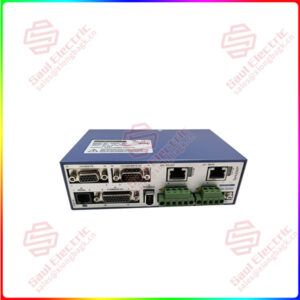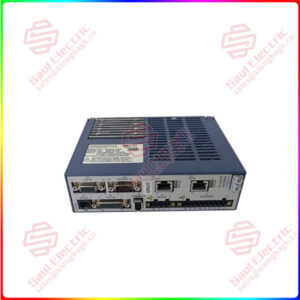Description
Overview
Essential details:JACP-B2914V Programmable controller I/O module
The JACP-B2914V programmable controller I/O (input/output) module is an important component in industrial automation systems, which is responsible for receiving signals from external sensors or actuators, and converting these signals into digital information that the controller can understand, or converting the output signal of the controller into actual control actions.
Specifically, the JACP-B2914V I/O module typically has the following features:
Multi-channel design: Modules usually have multiple input and output channels, which can simultaneously process multiple signals to meet the needs of complex control systems.
High reliability: According to the particularity of industrial automation environment, the module usually has high reliability and stability, and can run stably for a long time.
Programmability: As part of the programmable controller, the I/O module supports programming configuration, and users can set the parameters and functions of the module according to their needs.
Communication interface: The module usually has an interface for communication with other controllers or upper computers to facilitate data transmission and monitoring.
Safety protection: The module may contain safety protection functions, such as overload protection, short circuit protection, etc., to ensure the safe operation of the system.
In practical applications, the JACP-B2914V I/O module may be used to connect various sensors (such as temperature sensors, pressure sensors, etc.) to convert actual physical quantities into digital signals for controller processing; At the same time, it can also connect actuators (such as motors, valves, etc.) to convert the output instructions of the controller into actual control actions.
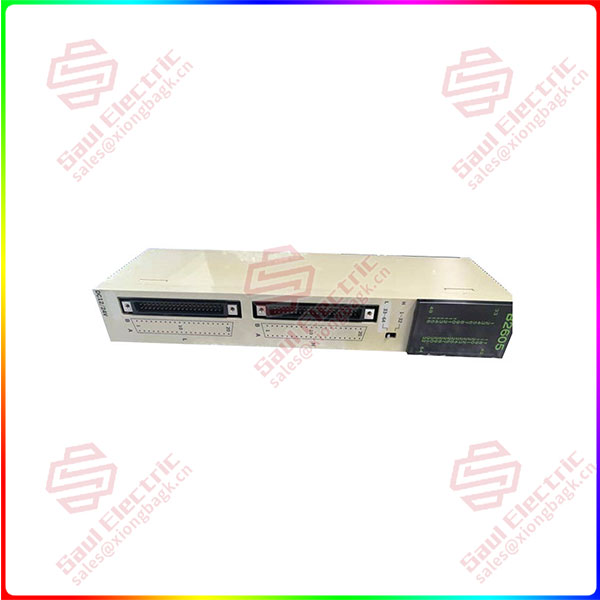
JACP-B2914V
lf you need to inquire or purchase ,please send the product models to my email or call medirectly .
sunny He
[Email] sales@xiongbagk.cn
[Mobile] 86-18059884797
[WhatsApp] 86-18059884797
[Skype] sales@saulcontrol.com
JACP-B2914V Programmable controller I/O module
The following are the general steps for installing the JACP-B2914V I/O module:
Prepare tools and materials:
Make sure you have the proper tools, such as screwdrivers, wire strippers, insulation tape, etc.
Prepare the necessary cables, connectors, and other hardware to connect the modules to your system.
Check modules and accessories:
Check whether the I/O module is intact and has no obvious physical damage.
Verify that all accessories and cables are complete and compatible with the module.
Select the installation location:
Based on your system layout and cable routing needs, choose a suitable location for installing the I/O module.
Ensure that the installation location is away from potential sources of electromagnetic interference and is easy to access and maintain.
Install modules to racks or panels:
If the module needs to be mounted to a rack or panel, secure it with appropriate screws or other fasteners.
Make sure the module is securely installed and aligned with the interfaces on the rack or panel.
Connecting cables and signal lines:
Connect the required cables and signal wires to the input and output ports of the module according to the manufacturer’s guidelines.
Pay attention to the color and markings of the cable to ensure that each port is connected correctly.
Use wire strippers to remove the insulation layer of the cable and ensure that the exposed wire is of appropriate length.
Insert the bare wires into the terminals or connectors of the module and make sure they are securely connected.
Power supply and grounding:
Connect the power cable and ground cable of the module as required.
Make sure the power cable is connected to the appropriate power supply and that the ground connection is reliable.
Check and test:
Before powering on, carefully check that all connections are strong and that there are no loose or wrong connections.
Step by step power on and perform the necessary tests according to the manufacturer’s guidelines to ensure that the module is working properly.
Configuration and programming:
Perform the necessary configuration and programming of the I/O modules using appropriate programming tools or software.
Set module parameters, input/output range and other functions according to your application requirements.


 1 Year Warranty
1 Year Warranty
